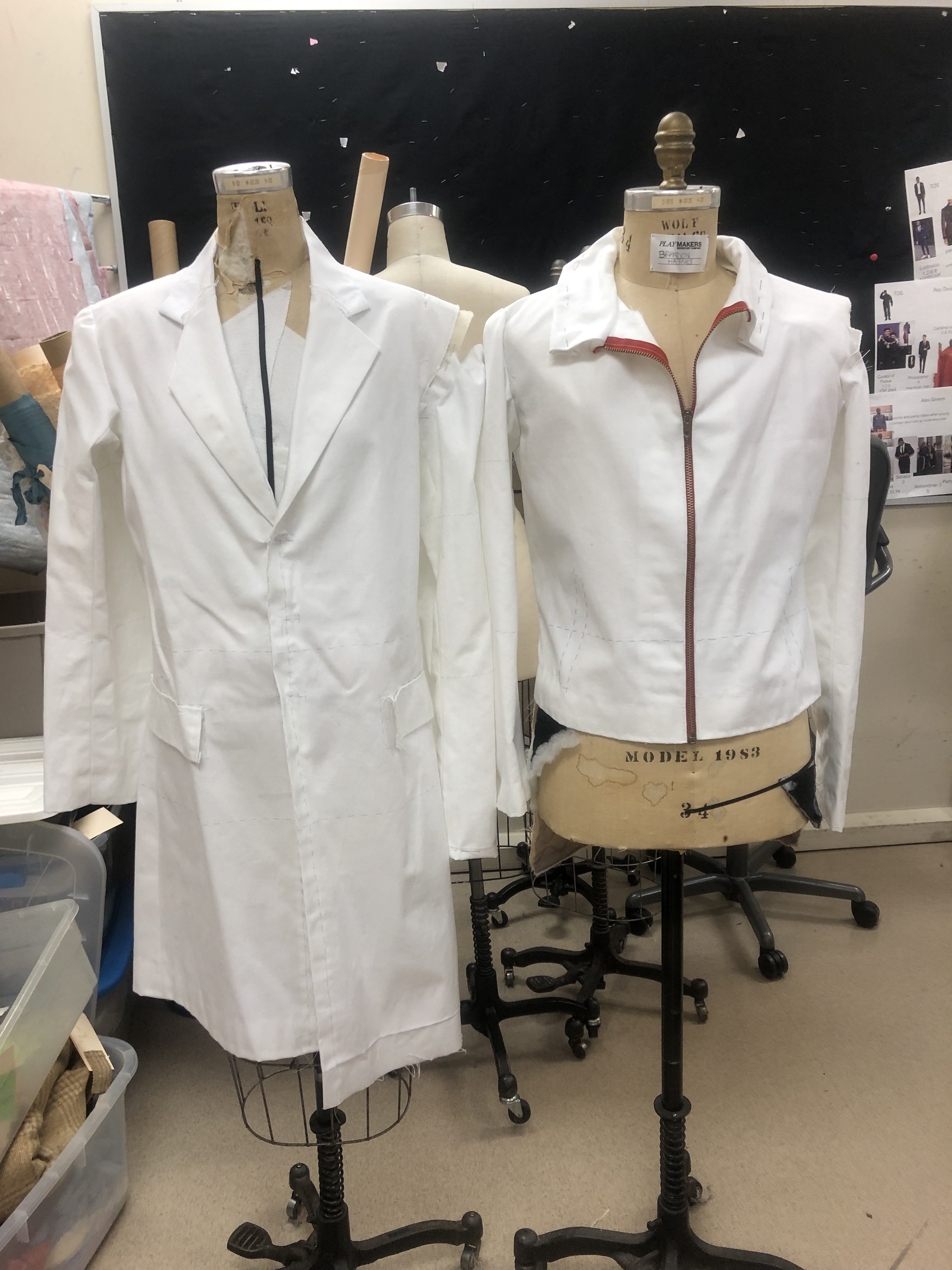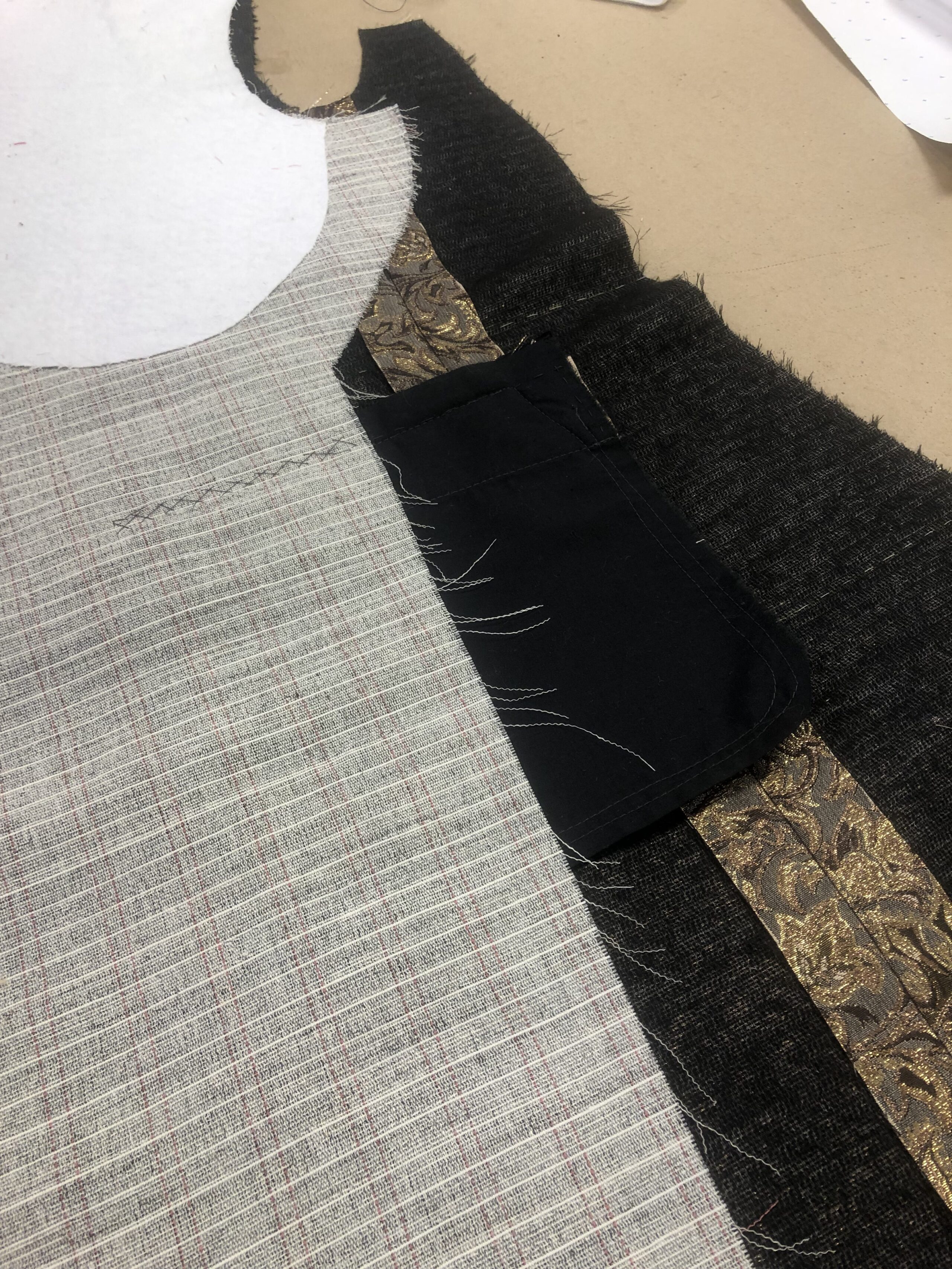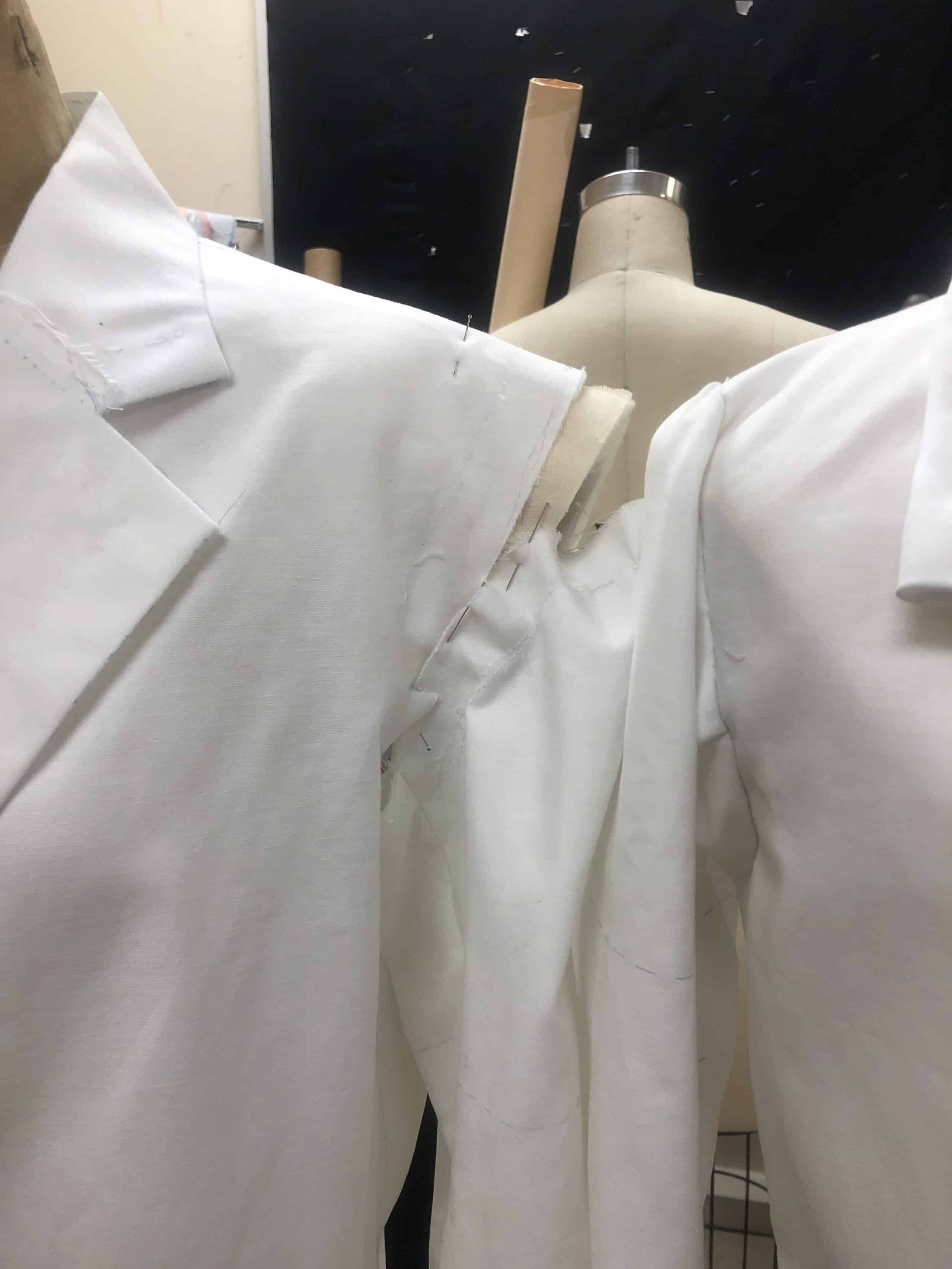 In the costume shop—especially for PlayMakers’ upcoming production of Life of Galileo—there are two things that matter most: time and patience.
In the costume shop—especially for PlayMakers’ upcoming production of Life of Galileo—there are two things that matter most: time and patience.
From the first steps of the brainstorming process with the costume designer on through previews until Opening Night, costume artisans like draper Danielle Soldat have to balance making several costumes for multiple performers in an average time span of about four to five weeks.
“We get cast lists and then we get either renderings, or in this case, because there are so many looks in this show, we have an image board that tells us what our character is wearing and when,” Soldat said.
Soldat is tasked with making costumes for three different performers in Life of Galileo, each of whom have more than two completely different outfits to change into and out of throughout the show. While she has a whole packet of ideas and plans from the show’s costume designer Grier Coleman, Soldat is tasked with bringing each costume to life by first creating something like a physical draft of each costume, called a “mock-up” and then creating the real piece.
“We’re taking this two dimensional image and we’re making it three dimensional and making it fit onto an actual body.”
Making these mock-ups, especially pieces like the male tailored jacket Soldat is currently working on, is a lot like doing math.
“When you look at menswear books, it’s basically all about making Plot A and Plot B, making a point seven inches long and drawing a line,” Soldat said. “Menswear is very precise.”
 Applying a straight forward equation for cutting and creating pieces gets tricky, especially when making changes or sizing adjustments for different body sizes. In some cases, certain fabrics have to be doctored to maintain shape and thickness.
Applying a straight forward equation for cutting and creating pieces gets tricky, especially when making changes or sizing adjustments for different body sizes. In some cases, certain fabrics have to be doctored to maintain shape and thickness.
“We have to make what the designer wants work,” Soldat said. “I have to contort it in different ways.”
Each artist keeps a running log of what items have been completed and what items are still in process in order to make sure they’re on track to complete every piece within their specified time frame. As a draper and third-year graduate student in UNC-Chapel Hill’s MFA Costume Construction program, Soldat does the most skilled, intricate work first, and then lets students and assistants help along the way.
“You have to prioritize and figure out what you can get done, what things you can hand off, in order of operations,” Soldat said.
Making just one traditional tailored coat, for only one actor takes approximately 40 hours—and that doesn’t even include fittings and adjustments. Cutting and altering patterns takes about 30 hours alone.
Along with being conscientious of time, Soldat said that that it’s important to have patience when making mock-ups in order to ease the finishing process.  In some cases, performers’ sizing dimensions may be off or they may need the costume altered to allow them better movement and accessibility.
In some cases, performers’ sizing dimensions may be off or they may need the costume altered to allow them better movement and accessibility.
“You have to make the whole garment ready and try to go in the most prepared you can,” Soldat said. “If you go into a fitting and the garment doesn’t show what it’s going to be, the designer will be confused and you’ll have to make changes to it that you could’ve done earlier.”
With mock-ups almost completed and fittings starting, it’s only a matter of time before the real costumes come into play. Check out our next blog post to see what the finished product looks like! And don’t forget to get your tickets to Life of Galileo. It’s under the stage lights that the work of our incredible costume shop really shines!